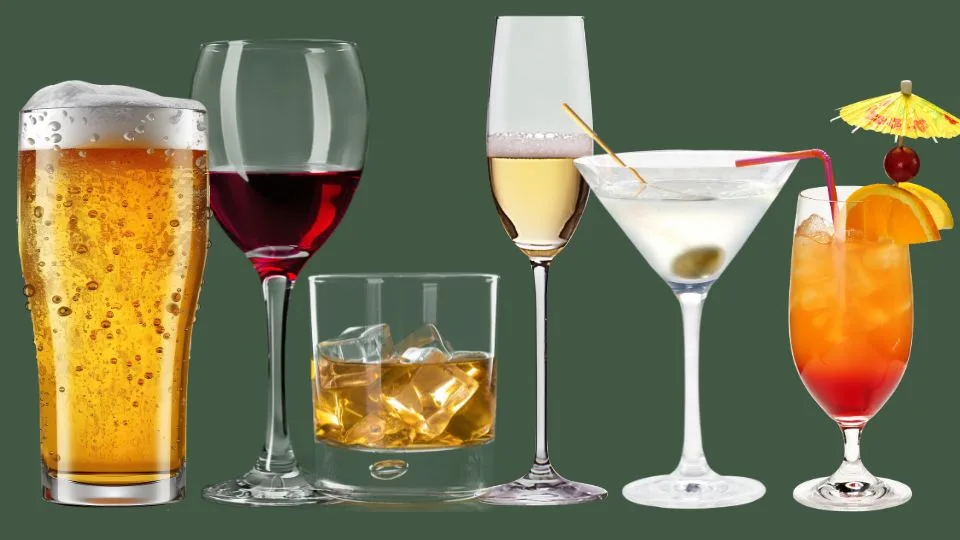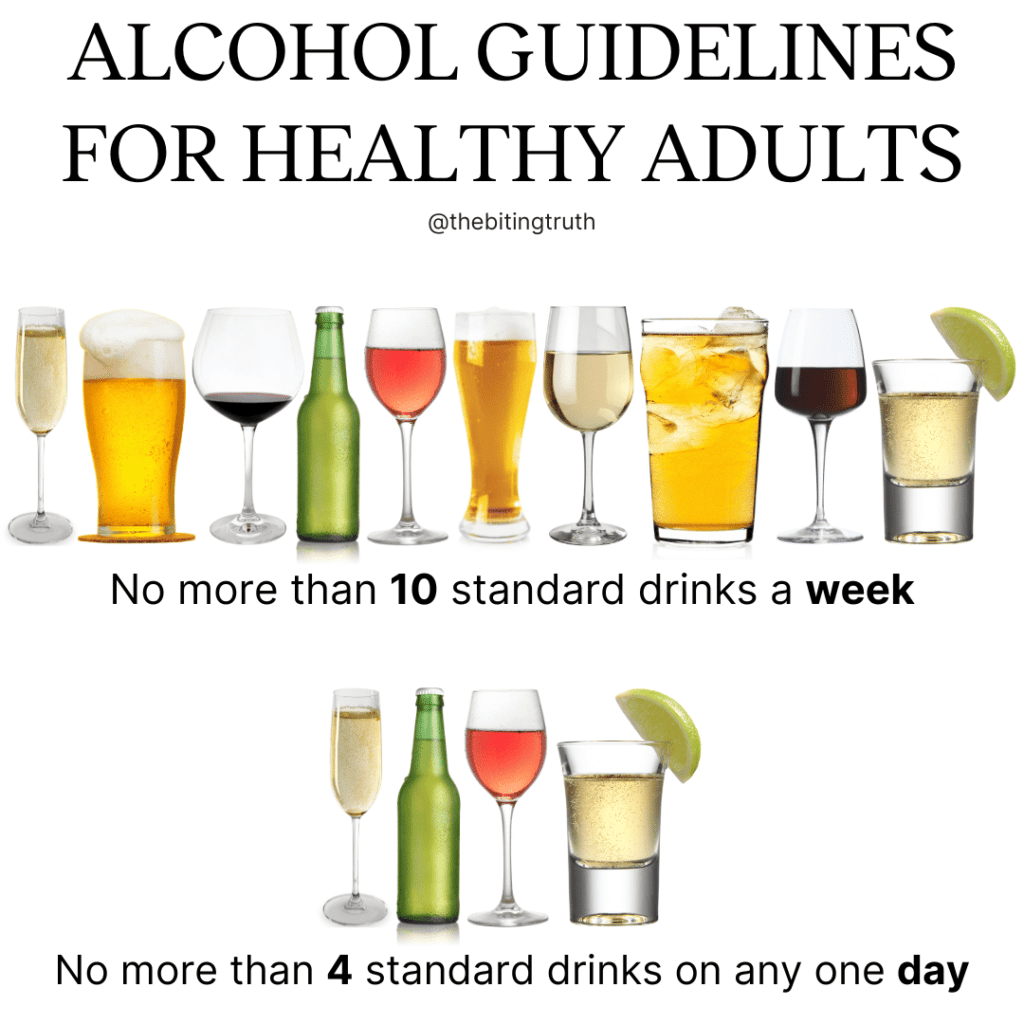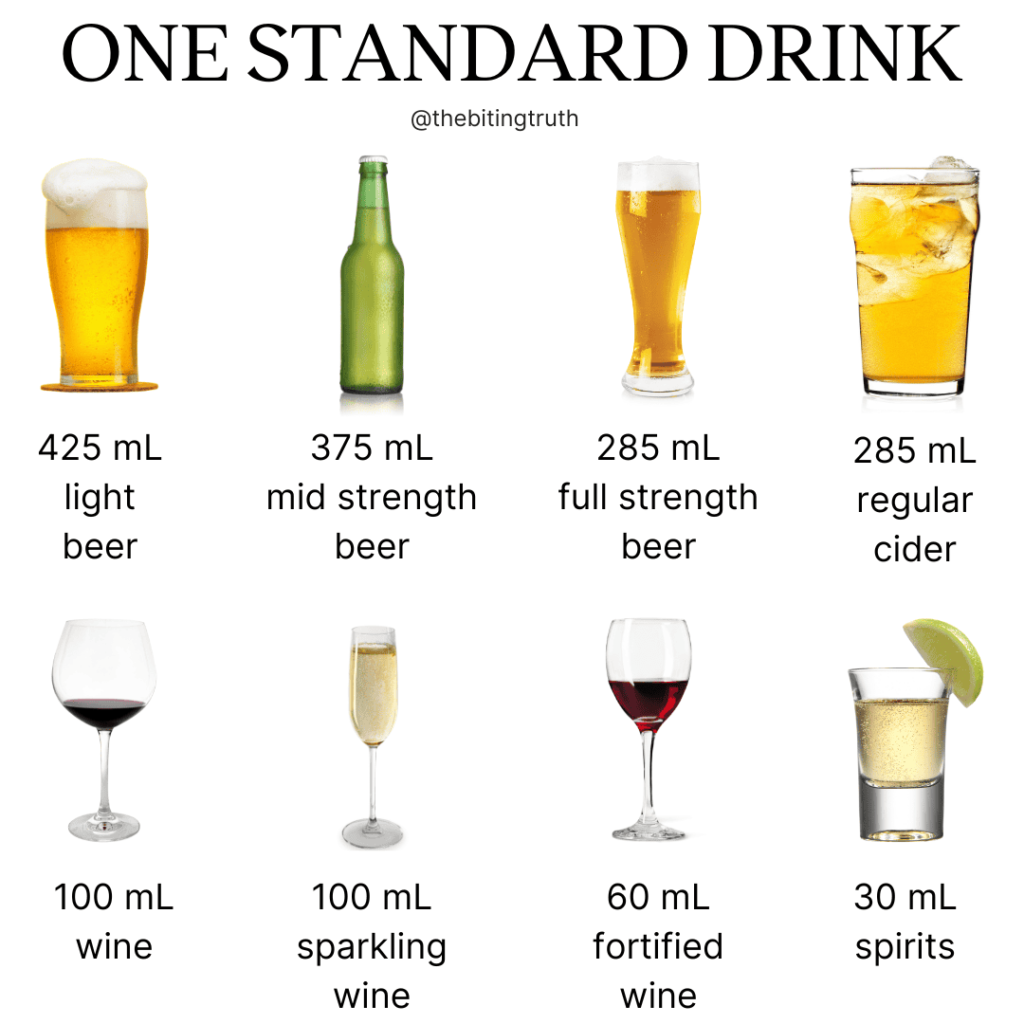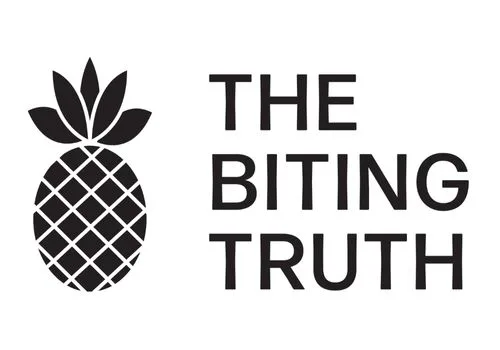
Finishing up Dry Jan? Gearing up for FebFast? Or maybe you’re planning on giving Dry July a red hot crack. What’s the deal with all these alcohol-free months, and should we be going cold turkey long term?
Read on for the answers to these questions and more in this myth-busting, fact-filled spotlight on alcohol.
What do the guidelines recommend when it comes to alcohol?
In December 2020, the NHRMC (National Health and Medical Research Council) released their new and improved alcohol guidelines for Australians.
Their advice for healthy adults is to drink no more than 10 standard drinks a week and no more than 4 standard drinks on any one day.

In other words, a healthy 18+ year old could have 2 drinks in a Mondaze, 2 Happy Hump Day drinks, 4 drinks on Friyay and 2 Sunday Funday drinks. The remaining days of the week – Tuesday, Thursday, Saturday – would be alcohol-free days. Of course, you could split your 10 drink quota across the week however you liked, provided you kept a 4 drink cap on each day.
If you followed these guidelines, you would have less than a 1 in 100 chance of dying from an alcohol-related condition. To be clear, these guidelines aren’t meant to be treated as a prescription. Those who don’t drink shouldn’t feel they better jump on the wagon; after all the less you drink, the lower your risk of harm. While there do seem to be some protective effects of drinking alcohol (e.g. up to 2 drinks a day decreases the risk of kidney cancer), on balance the risks outweigh the benefits.
What are these risks you speak of?
There are a whole host of health conditions which can be either wholly or partially attributed to alcohol. A whopping total of 42 conditions were included in the modelling on which the guidelines are based. In Australia, alcohol contributes to a considerable chunk of disability and death due to:
- certain cancers, such as breast cancer
- chronic liver disease
- pancreatitis
- hypertension
- stroke
- coronary heart disease
It’s also worth mentioning alcohol is the second most energy dense nutrient, after fat. Alcohol contains 29 kJ (7 kcal) per gram, which is why regularly getting on the booze can lead to weight gain. Or, another way to look at it, why going stone cold sober (or at least drinking less) can help you maintain or lose weight.
What exactly is a standard drink?
So you want to avoid the above risks by following the guideline recommendations but couldn’t pour a standard drink to save your life? We’ve got you covered.
One standard drink contains 10 grams of alcohol, which is equivalent to:

Can’t remember these volumes? No worries; check the label on your drink to know exactly how many standard drinks it contains. And if you’re out at the pub, club or wining and dining, just keep in mind the glass of grog you’re served often contains more than one standard drink.
Alcohol Claims – True or False?
There are some wild claims floating around the interwebs when it comes to alcohol. You may even swear by them. But do they hold water? Allow us to bust 3 common alcohol-related myths for you.
You shouldn’t drink on an empty stomach –> TRUE – eating before and while drinking is recommended as this slows the absorption of alcohol into your bloodstream so that your blood alcohol concentration doesn’t spike quite so quickly.
Taking a cold shower / doing exercise / drinking coffee sobers you up –> FALSE – the only way to sober up is to give your body the time it needs to clear the alcohol from your system. On average, it takes about one hour to process one standard drink and, hate to break it to you but, there’s nothing you can do to speed this process up. So if you’ve had a big night, sit tight.
Drinking alcohol is good for heart health –> UNCERTAIN – we used to think having 0.5-1 standard drinks per day had a protective effect against coronary heart disease but the quality of the evidence has since been called into question. These days we think there is either no protective effect at all or less of an effect than previously thought. Either way, the risk of other health conditions can’t be ignored and there are other ways you can hack your heart disease risk, like staying within your healthy weight range.
What are some alternative non-alcoholic drinks?
If you’ve decided to challenge yourself to an alcohol-free month, or you’re just trying to cut back on your drinking, you might be wondering what on earth you’ll do with your hands at Dave’s backyard barbie. Fear not, going alcohol-free doesn’t have to mean drinking only tap water. Don’t get us wrong, we are massive proponents of water but some occasions call for something a little more exciting. May we suggest:
- kombucha
- soda water flavoured with citrus slices or berry ice cubes
- iced tea
- ginger ale/beer
- non-alcoholic beer/cider/wine/spirit
- mocktails
Next time you’re at the liquor store, peruse the shelves for their non-alcoholic bevvies; there’s quite a range! And if you’re feeling adventurous, there are loads of delicious mocktail recipes online to choose from.
Looking to cut back? What’s the deal with all these alcohol-free months?
- Dry January is a campaign led by the charity Alcohol Change UK since 2013 which aims to get people thinking about their drinking and to drink less in the long run.
- febfast, powered by YSAS (Youth Support + Advocacy Service), invites participants to cut alcohol, sugar or another “vice” from their diet to raise funds for disadvantaged youth across Australia.
- Dry July has been going since 2008 when three friends took it upon themselves to go dry as a means of raising money for their local hospital. These days funds raised are distributed to organisations, such as the Cancer Council, which support those affected by cancer.
Although these campaigns may not be strictly intended to improve the health of participants, research suggests unintended benefits of going sober for a month include improved insulin resistance, weight loss and reduced blood pressure. Not bad!
The Bottom Line
So, to answer whether we should be going cold turkey long term – it’s up to you. This is what we know: the less you drink, the lower your risk of harm and the more you drink, the higher your risk of harm. However, we also know a little tipple while preparing a meal, over a candlelit dinner or to toast a friend can bring joy to some.
A PSA for anyone under the age of 18, pregnant, planning a pregnancy or breastfeeding – the official advice is not to drink alcohol. For more information, visit the Australian Government Department of Health website. Cheers to drinking responsibly!
—
Notes:
- For more reading on the impact of alcohol consumption on your body, click here.
- Follow @thebitingtruth on Instagram for more on the latest in nutrition science and recommendations.
